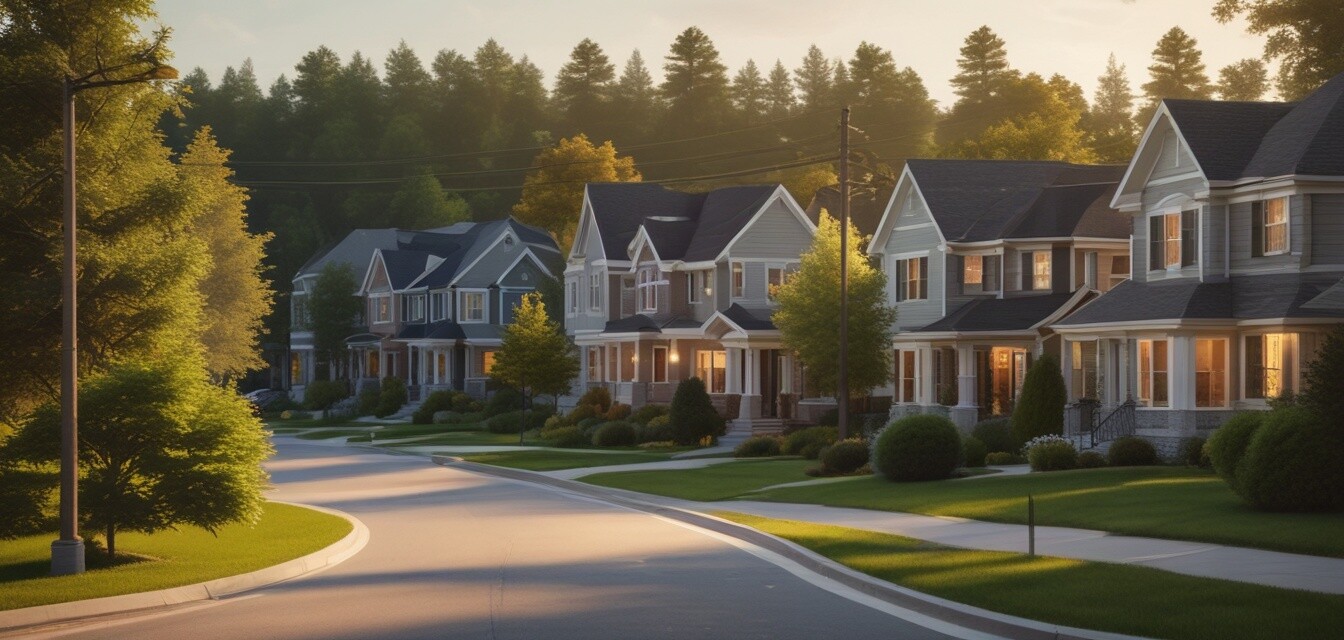
How to Foster Neighborhood Cooperation for Safety
- Building relationships with neighbors is key to enhancing home security.
- Organizing community watch programs can deter crime and promote safety.
- Sharing resources and information fosters cooperation and trust among neighbors.
- Community engagement events encourage participation and strengthen neighborhood ties.
Creating a safe environment for your family and community involves more than just securing your home. It requires the collective effort of every resident in the neighborhood. By fostering cooperation among neighbors, we can enhance security, share resources, and build a united front against crime. In this article, we will explore strategies to encourage neighbors to work together on home safety initiatives and community watch programs.
Why Neighborhood Cooperation Matters
Neighborhood cooperation is an essential element in establishing a safe community. When residents collaborate, they can collectively address security issues, share valuable information, and create a sense of belonging. Here are just a few reasons why fostering cooperation is vital for neighborhood safety:
- Shared Vigilance: When neighbors look out for one another, they are more likely to notice suspicious activities.
- Increased Awareness: Information sharing about local crime trends or safety tips helps all residents stay informed and prepared.
- Stronger Community Bonds: Working together fosters relationships, leading to a more connected and supportive neighborhood.
Strategies to Foster Neighborhood Cooperation
To encourage your community to work together for safety, consider implementing the following strategies:
1. Organize a Neighborhood Watch Program
A neighborhood watch program is one of the most effective ways to enhance safety through community involvement. Here’s how to get started:
- Host an initial meeting to gauge interest and discuss concerns.
- Collaborate with local law enforcement to educate residents on crime prevention tactics.
- Create a communication channel, like a group chat or email list, for sharing updates.
- Establish regular meetings to discuss findings and plan future initiatives.
2. Create a Neighborhood Resource Share
Encourage residents to share tools, skills, and knowledge that can help enhance home safety. This could include:
| Type of Resource | Description |
|---|---|
| Tools | Lending items such as ladders or security cameras for common use. |
| Skills | Offering workshops or classes for home security improvements or emergency preparedness. |
| Information | Sharing local crime alerts or safety tips through newsletters or bulletin boards. |
3. Organize Community Events
Hosting community events is an excellent way to bring neighbors together, enabling them to forge connections. Consider organizing:
- Barbecues or potluck dinners to foster casual interactions.
- Safety fairs that provide resources, demonstrations, and expert advice on home security.
- Clean-up drives that not only beautify the neighborhood but also build teamwork.
4. Establish Open Lines of Communication
Effective communication is crucial for any community initiative. Use the following tools to keep everyone informed:
- Social media groups for real-time updates and discussions.
- Regular community newsletters highlighting safety tips and upcoming events.
- A neighborhood bulletin board where flyers and alerts can be posted.
Tips for Successful Engagement
Engaging Your Neighbors
- Be approachable, and encourage conversations about safety.
- Highlight the benefits of cooperation to persuade participation.
- Recognize and appreciate volunteers to foster continued involvement.
- Tailor initiatives to address specific concerns of your neighborhood.
Common Challenges and Solutions
While fostering neighborhood safety cooperation is beneficial, you might encounter some challenges:
| Challenge | Solution |
|---|---|
| Resistance to Participation | Emphasize the mutual benefits and involve residents in planning. |
| Lack of Awareness | Provide informative materials and demonstrations to spark interest. |
| Inconsistent Communication | Set up a reliable communication platform and maintain regular updates. |
Conclusion
Fostering neighborhood cooperation for safety is about building relationships and enhancing community awareness. Through collective efforts, we can create a safer living environment for everyone. Whether you start by organizing a neighborhood watch program, hosting a community event, or simply reaching out to your neighbors, every small step contributes to a big impact. For more helpful resources about home safety, check out our Home Safety Tips and Best Practices section.
